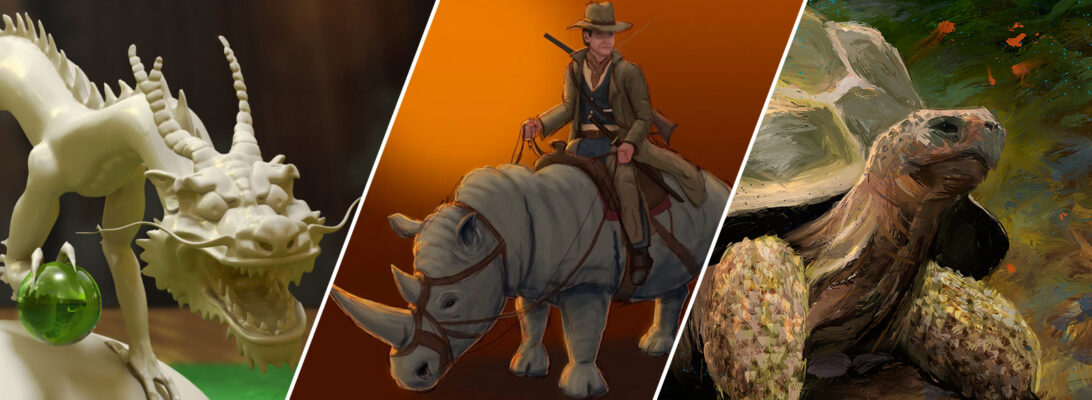Choosing the right 3D rendering software is an involved task. There are tons of renderers on the market. In order to compare renderers fairly, you need to understand the broad categories they fall into and how they approach goals differently. Every type of renderer has its strengths and weaknesses. One must know what they need from a rendering solution, and what they are willing to sacrifice before making a fair decision.
Simplicity vs Complexity
When people compare renderers, they often think in terms of the final output. Will it look nice? And, of course, how quickly will it render? But, what people shouldn’t overlook is how taxing a render solution will be to their workflow. The time they save rendering may not be worth the hours spent setting up a complicated shader system.
Some renderers aim to make rendering as simple as possible. They have minimal controls to mess with. If all you need is quick photo-realistic shots of shiny products, a renderer like Keyshot may be the your solution. But, if you need to tweak things like complex skin shaders, or the precise amount of color bleed in a GI solution, you’ll need to look at something more advanced like V-Ray or Mental Ray.
Accuracy vs Speed
How real does your render need to be? Unbiased raytracers, like Maxwell, Indigo and fryrender, use physically accurate rules for lighting. There are no compromises when it comes to calculating reflections, refractions, caustics and so on. As you can imagine, this comes with a huge time hit. But, some projects call for perfect, real-world lighting.
Beyond accuracy, unbiased renderers have another big advantage. As long as you follow the rules of nature they are very predictable. Many real-world materials have measurable attributes that can be entered into the renderer. For example, light bulb manufacturers often provide the intensity (in lumens) for each of their products. The refractive index of water is 1.33. If you use real-world attributes like these as a guide, there is little guesswork in setting up your scenes.
On the other hand, biased raytracers like V-Ray and Mental Ray, bend the rules of nature to get faster render times. Photo-realism is relative and rendering doesn’t usually need to be 100% accurate. It just needs to convince the human eye. While real-world attributes are a starting point, they often have to be tweaked in a biased renderer to get the desired results.
Specialty Rendering
Sometimes photo-realism isn’t appropriate for a project. Cartoons, technical illustrations and architectural renderings often call for a 2D look. Some renderers, like Mental Ray, have special materials for cell shading that work inside the standard renderer alongside other materials. Other systems, like Blender’s Freestyle, operate on the entire scene. So, the 2D look is applied to everything on screen.
GPU vs CPU
As outlined in a previous blog, GPU renderers like Octane, Redshift, Furryball and iRay make use of the graphics card instead of the central processor. This often results in very fast render times for certain types of scenes. But, the best advantage could be the way real-time rendering speeds up workflow.
The downside to GPU renderers is they often lack advanced more tools like displacement and sub-surface scattering. But, if those features aren’t important for your project, and you have the proper hardware, GPU rendering could be the solution you need.
Putting it all Together
The categories for comparison listed above are only starting points in your search for a renderer. Several renderers fall into more than one category. For example, Furryball is a GPU renderer with both biased and un-biased modes. Blender’s Cycles allows you to switch between CPU and GPU rendering based on your setup. Each 3D artist must decide which approach to rendering best suits their needs and make apples-to-apples comparisons.
When you finally decide which renderers you want to compare, you will have to test them with one of your own 3D scenes. Testing scenes this way can take a lot of time. But, with an online render farm like Rayvision, you can run your scene through several renderers at the same time. Rayvision is offering a free trial to new customers. They support several popular renderers and plug-ins, and have a huge farm waiting for your work. Sign up today!
